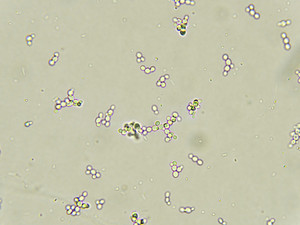You'll receive the latest updates on new standards, guidelines, and educational resources, as well as expert insights to help enhance your laboratory's performance and compliance.
New Method for the Rapid Detection of Antibiotic Susceptibility for UTIs

According to the American Association for the Advancement of Science, scientists have established a method to detect antibiotic susceptibility for urinary tract infections (UTI) in less than 30 minutes. UTIs account for nearly 8 million primary care visits every year. Traditional testing methods for antimicrobial susceptibility testing can take up to several days, either lengthening the patient’s wait for treatment or resulting in the patient being prescribed inappropriate antibiotics while the health care provider is waiting for AST results. Seeking a faster method to evaluate the response of a bacteria to antibiotics, Nathan Schoepp et al. used a highly sensitive single-molecule DNA amplification and quantification technique called dLAMP to directly count bacterial genomes in urine samples. While other DNA quantification approaches can take hours, the researchers improved the dLAMP protocol to provide more precise measurements within 6.7 minutes—allowing the entire procedure to be performed in less than half an hour. Rapid AST method development is important in preventing antimicrobial resistance from misuse and overuse of antibiotics.
Clinicians depend heavily on information from the microbiology laboratory for treating their patients. The clinical importance of AST results demands that these tests be performed under optimal conditions and that laboratories have the capability to provide results for the newest antimicrobial agents. CLSI creates and revises AST breakpoints to meet global public health challenges related to antimicrobial resistance. In January, CLSI will publish the 28th edition of its trusted standard, CLSI M100 | Performance Standards for Antimicrobial Susceptibility Testing. CLSI M100 contains the most current information for drug selection, interpretation, and QC for the microbiology laboratory.
CLSI proudly supports World Antibiotic Awareness Week | November 13–19, 2017.